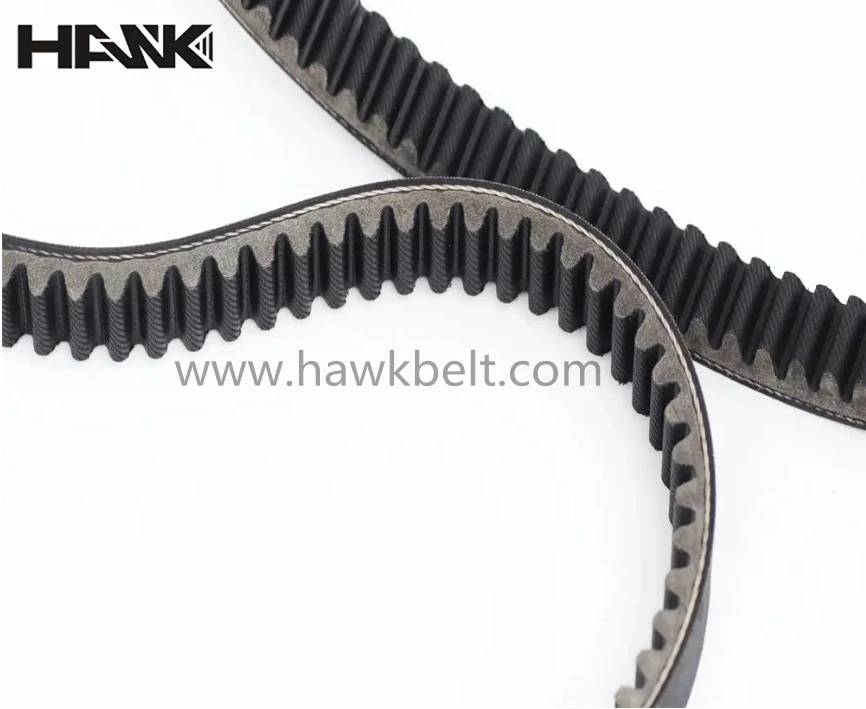- Arabic
- French
- Russian
- Spanish
- Portuguese
- Turkish
- Armenian
- English
- Albanian
- Amharic
- Azerbaijani
- Basque
- Belarusian
- Bengali
- Bosnian
- Bulgarian
- Catalan
- Cebuano
- Corsican
- Croatian
- Czech
- Danish
- Dutch
- Afrikaans
- Esperanto
- Estonian
- Finnish
- Frisian
- Galician
- Georgian
- German
- Greek
- Gujarati
- Haitian Creole
- hausa
- hawaiian
- Hebrew
- Hindi
- Miao
- Hungarian
- Icelandic
- igbo
- Indonesian
- irish
- Italian
- Japanese
- Javanese
- Kannada
- kazakh
- Khmer
- Rwandese
- Korean
- Kurdish
- Kyrgyz
- Lao
- Latin
- Latvian
- Lithuanian
- Luxembourgish
- Macedonian
- Malgashi
- Malay
- Malayalam
- Maltese
- Maori
- Marathi
- Mongolian
- Myanmar
- Nepali
- Norwegian
- Norwegian
- Occitan
- Pashto
- Persian
- Polish
- Punjabi
- Romanian
- Samoan
- Scottish Gaelic
- Serbian
- Sesotho
- Shona
- Sindhi
- Sinhala
- Slovak
- Slovenian
- Somali
- Sundanese
- Swahili
- Swedish
- Tagalog
- Tajik
- Tamil
- Tatar
- Telugu
- Thai
- Turkmen
- Ukrainian
- Urdu
- Uighur
- Uzbek
- Vietnamese
- Welsh
- Bantu
- Yiddish
- Yoruba
- Zulu
Nov . 06, 2024 05:36 Back to list
poly v belt types
Understanding Poly V Belt Types
Poly V belts, also known as multi-ribbed belts, are an essential component in many mechanical systems, particularly in automotive and industrial applications. These belts are recognized for their unique design, which includes multiple ribs running parallel to each other. This design provides a larger surface area for friction and grip, making them more efficient than traditional V-belts. In this article, we will explore the various types of Poly V belts, their applications, and their advantages.
Types of Poly V Belts
1. Standard Poly V Belts The most common type, these belts are designed to replace traditional V-belts in various applications. They offer a high coefficient of friction and can handle a considerable amount of torque, making them suitable for engines, compressors, and other machinery.
2. Narrow Poly V Belts These belts are narrower than standard Poly V belts but maintain the same effective surface area. Their compact design allows for more pulleys in limited spaces, making them ideal for modern engines where space is at a premium. Narrow Poly V belts are frequently found in automotive and heavy machinery applications.
3. Heavy-Duty Poly V Belts Designed for higher load requirements, heavy-duty Poly V belts are reinforced with additional materials to enhance their strength and durability. These belts are used in applications where traditional belts might wear out quickly, such as in industrial machinery or high-performance vehicles.
4. Heat-Resistant Poly V Belts In environments where temperatures can rise significantly, heat-resistant Poly V belts are essential. Made from specialized materials that can withstand high temperatures, these belts are commonly used in automotive engines and industrial equipment that operate at elevated temperatures.
5. Oil-Resistant Poly V Belts For applications where exposure to oils and chemicals is common, oil-resistant Poly V belts are the go-to choice. These belts are formulated to resist degradation from petroleum-based products, making them suitable for automotive engines and manufacturing equipment that come into contact with lubricants and oils.
6. Antistatic Poly V Belts In environments where static electricity could pose a risk, antistatic Poly V belts are used. These belts help in dissipating static charges, making them ideal for applications in the electronics industry or any area where static discharges can damage sensitive equipment.
poly v belt types

Advantages of Poly V Belts
Poly V belts come with a multitude of advantages, which contribute to their growing popularity in various sectors
- Efficiency The multi-ribbed design maximizes contact with pulleys, thereby increasing efficiency in power transmission.
- Compactness Their narrow and compact design saves space, allowing for more components in a smaller area.
- Reduced Slippage Poly V belts have a higher coefficient of friction, which minimizes slippage and increases reliability.
- Longer Lifespan Due to their robust construction and advanced materials, Poly V belts generally have a longer service life compared to traditional belts.
Conclusion
In summary, Poly V belts have revolutionized the way power is transmitted in various mechanical systems. With different types available for specific applications—ranging from standard to heavy-duty, heat-resistant, oil-resistant, and antistatic options—these belts cater to a wide range of industry needs. Their efficiency, compactness, reduced slippage, and longevity make them an invaluable choice in both automotive and industrial settings. Understanding the different types of Poly V belts can aid manufacturers, engineers, and mechanics in selecting the appropriate belt for their specific applications, thus enhancing overall performance and reliability.
-
Korean Auto Parts Timing Belt 24312-37500 For Hyundai/Kia
NewsMar.07,2025
-
7PK2300 90916-T2024 RIBBED BELT POLY V BELT PK BELT
NewsMar.07,2025
-
Chinese Auto Belt Factory 310-2M-22 For BMW/Mercedes-Benz
NewsMar.07,2025
-
Chinese Auto Belt Factory 310-2M-22 For BMW/Mercedes-Benz
NewsMar.07,2025
-
90916-02660 PK Belt 6PK1680 For Toyota
NewsMar.07,2025
-
drive belt serpentine belt
NewsMar.07,2025

